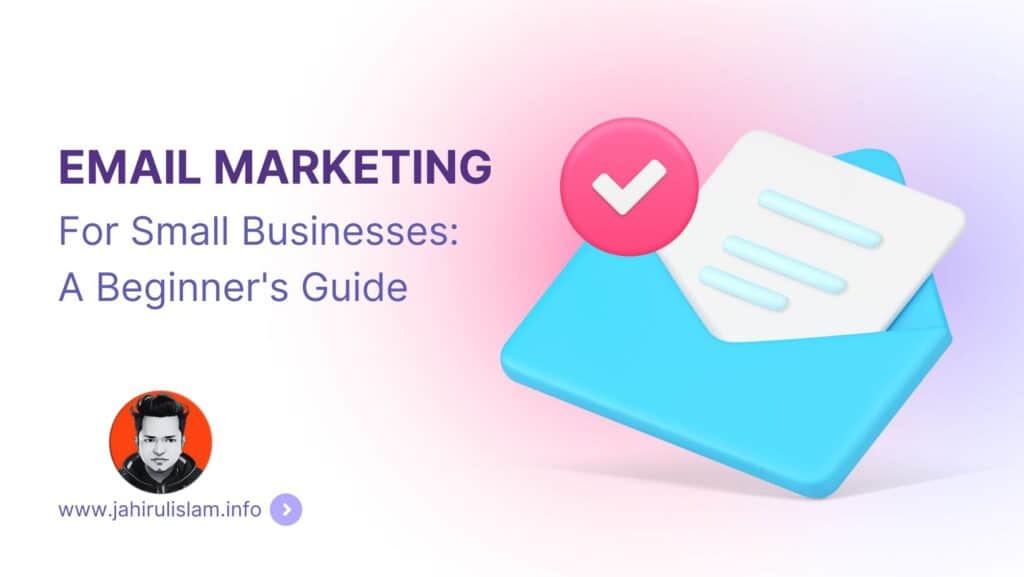Email marketing is one of the most effective ways to reach your customers and promote your business. Not only is it cost-effective, but it can also help you build brand awareness, engage with your audience, and increase your sales. However, many small businesses are intimidated by the idea of getting started with email marketing. In this article, we’ll show you how to get started with email marketing for a small company.

Main Points: Beginner’s guide to email marketing for small businesses
- Email marketing is an effective way to reach customers and promote a small business.
- Defining goals is crucial to creating tailored email campaigns.
- Choosing the right email service provider is important based on budget, email list size, and needed features.
- Building and segmenting an email list is necessary for targeted emails.
- Engaging content, including clear subject lines and calls-to-action, is crucial for effective campaigns.
- Testing and analyzing campaigns can improve results over time.
- Following best practices, such as avoiding spam trigger words and using a single call-to-action, can help avoid mistakes and ensure effectiveness.
Define Your Goals
The first step to getting started with email marketing is to define your goals. What do you want to achieve with your email campaigns? Do you want to increase sales, drive traffic to your website, or build brand awareness? Once you have a clear idea of your goals, you can create email campaigns that are tailored to your audience and objectives.
Choose an Email Service Provider
There are many email service providers available, such as Mailchimp, Constant Contact, and Sendinblue. These providers offer different pricing plans, features, and integrations. Consider your budget, the size of your email list, and the features you need when choosing an email service provider.
Build Your Email List
Your email list is the foundation of your email marketing campaigns. You can build your email list by offering incentives, such as a free ebook or discount, for people to sign up. You can also add a sign-up form to your website, social media pages, and blog posts.
Segment Your List
Segmenting your email list means dividing your subscribers into different groups based on their interests, behaviors, or demographics. This allows you to send targeted emails that are relevant to each group. For example, you can segment your list based on the products or services they’ve purchased or the pages they’ve visited on your website.
Create Engaging Content
Your email campaigns should be engaging and informative. Use a clear and concise subject line, and keep the content relevant to your audience. Include images, videos, and links to your website or blog. You can also include a call-to-action to encourage your subscribers to take action.
Test and Analyse
Testing and analyzing your email campaigns can help you improve your results over time. You can test different subject lines, send times, and content to see what works best for your audience. Use the analytics provided by your email service provider to track open rates, click-through rates, and conversions.
Follow Best Practices
Following best practices can help you avoid common mistakes and ensure that your email campaigns are effective. Best practices include using a single call-to-action, keeping your emails short and sweet, and avoiding spam trigger words.
Getting started with email marketing can seem overwhelming, but it’s worth the effort. By following these tips, you can create effective email campaigns that engage your audience and drive results.


